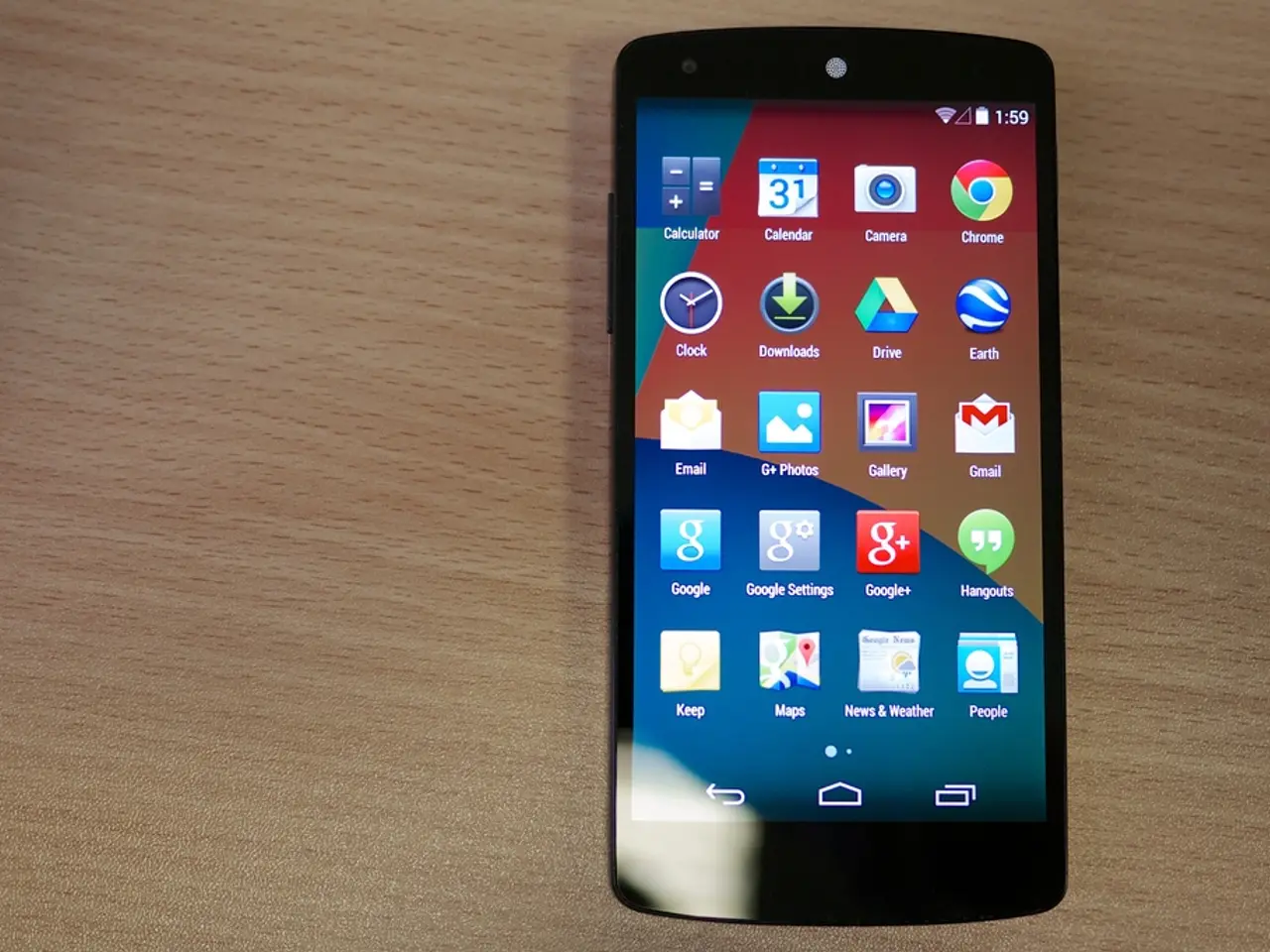User interface and user experience enhancement through microinteractions in mobile apps: A critical discussion
In the digital age, micro-interactions have become a crucial component in the design and functionality of applications and software. These small yet significant design elements contribute to the ease of use and comfort of apps, making them more engaging and user-friendly.
Micro-interactions act as a set of instructions that allow users to access an app's functions easily. They can convey crucial information, help users visualize actions, allow users to perform tasks, communicate feedback, and manipulate actions. For instance, the small bell icon that appears when the volume button is pressed on a phone is a visual example of a micro-interaction, indicating ringer and notification settings.
One of the key benefits of micro-interactions is their ability to reduce cognitive load on users and facilitate easy navigation and transition through an app. They can keep users engaged and increase their patience, such as adding an interactive micro-interaction element to the loading screen.
Moreover, micro-interactions play a vital role in guiding users through the process and helping them get familiar with the system's operation and functionalities. Visual simulators used in applications and software, like step-by-step video guides of app navigation with cursor and action simulators, are prime examples of effective micro-interaction use.
In the realm of website-to-app conversions, micro-interactions also play a significant role. Mobile apps can be converted from WordPress websites into Android and iOS apps using DIY tools. Three of the most prominent companies currently developing such tools are MobiLoud, Elementor, and Unified Infotech. MobiLoud specializes in converting existing mobile websites into fully integrated apps with no coding required, while Elementor offers powerful design tools compatible with WordPress including WooCommerce. Unified Infotech provides custom web and mobile solutions with a strong focus on tailored technology for various clients.
Furthermore, micro-interactions increase the instructiveness, interactivity, and responsiveness of an app. They can even enhance app tutorials and streamline the onboarding process for users. For example, the number of unread messages and unopened notifications is often displayed in messaging apps and software, serving as a micro-interaction.
Lastly, tools like the AppMySite mobile application preview function allow users to test their fully built mobile applications in a simulator, creating multiple environments that mimic real device conditions. Registering with the online app creator AppMySite enables users to create, customize, test, and publish their Android and iOS applications without coding.
In conclusion, micro-interactions are unique design elements that significantly impact the user experience of an app. Their importance in reducing cognitive load, facilitating easy navigation, guiding users, and enhancing the overall user experience cannot be overstated. As smart devices become tools for performing regular and commercial tasks, the role of micro-interactions in app development will continue to grow.
Read also:
- Experiencing Life's Variety Firsthand: Gaining Insights from Life's Broad Spectrum of Experiences
- Budget Alterations Made to 2023 Toyota GR Corolla After 4,500 Miles, with a Cost of $38 for Smoothing Out the Rough 1-2 Shift
- Dortmund commemorates the 27th Pride Parade: Paul Klammer from SLADO discusses advancements, issues, and benefactors
- Steady Expansion Projected for Artificial Intelligence in Escalator Maintenance, with a Forecasted Growth Rate of 40.2%






